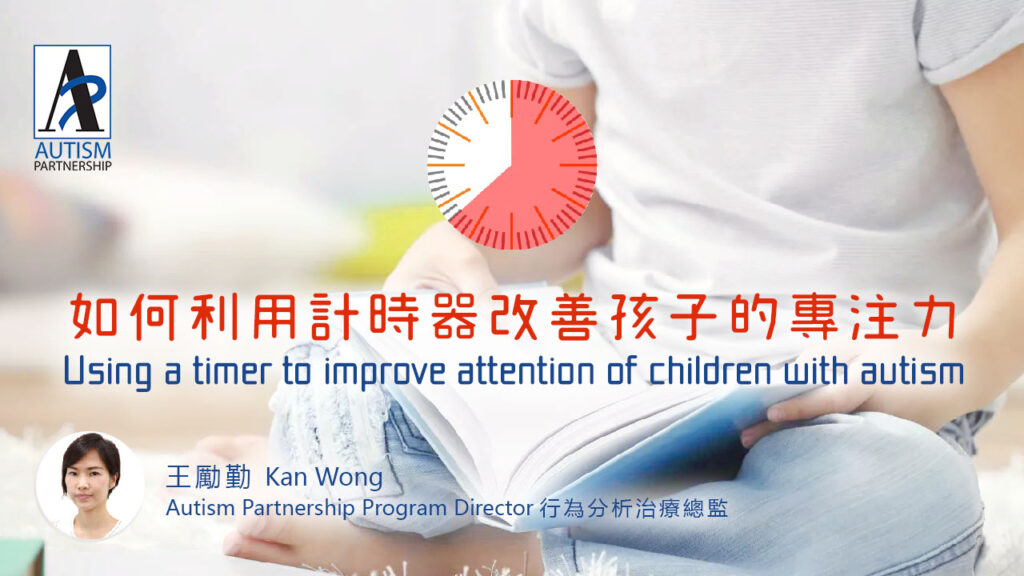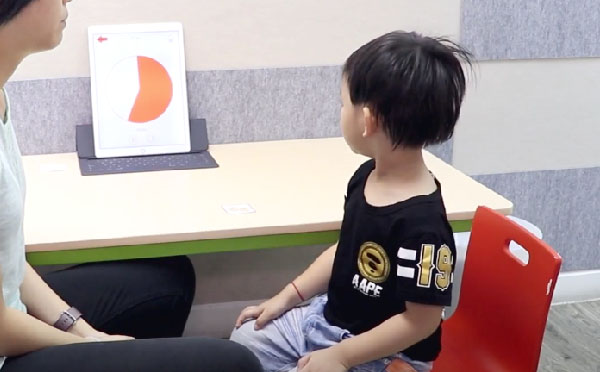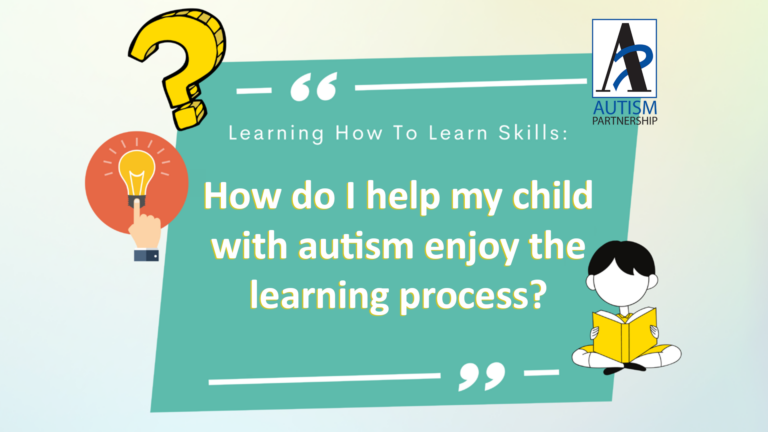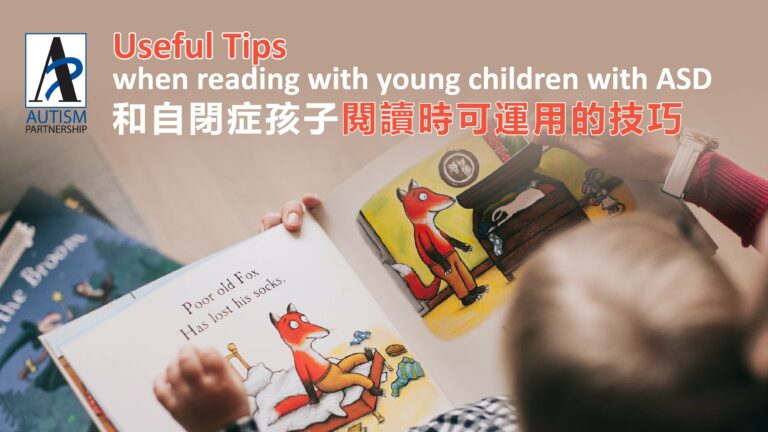
Attention deficit is a common problem found in children with autism. It is not uncommon that these children would not be able to complete tasks independently. Constant reminders are required from parents or teachers in order to make sure they sustain tasks or activities. For example, when a parent asks a child to change their clothes, the child may stop after he/she has put on underpants and may need reminders for him/her to remember to put on pants. In order to tackle these problems, a timer is one way we can effectively help them to improve their attention and independence.

First, parents should get a child friendly timer/visual timer. A child friendly timer uses a pictorial format to indicate the passing of the time. Children can see the reduction in time clearly. Parents can purchase these timers directly on their phone. Digital (number based) timers are not suggested to start with as children may find it too abstract to understand. Powerful reinforcers which can motivate the child to practice should be on hand too.

First, parents should get a child friendly timer/visual timer. A child friendly timer uses a pictorial format to indicate the passing of the time. Children can see the reduction in time clearly. Parents can purchase these timers directly on their phone. Digital (number based) timers are not suggested to start with as children may find it too abstract to understand. Powerful reinforcers which can motivate the child to practice should be on hand too.
First step: The child should understand that he needs to stop the timer before it rings. Parents can set the timer to 10 seconds and instruct the child to stop the timer before it goes off. If the child does not understand, parents should prompt the child directly. After the child has stopped the timer, parents should praise the child immediately and state clearly that he is “faster” than the timer and then deliver the reinforcer to the child.


Ms. Lai-Kan Wong is a Certified Progressive Behavior Analyst (Autism Professional), a Board Certified Behavior Analyst, and holds a Master of Science in Applied Behavior Analysis. She embarked on her journey with Autism Partnership in 2001. Over the years, she has gained extensive experience working with children across different settings, including individual therapy sessions, small group training, and ABA classrooms. Ms. Wong is now responsible for overseeing Autism Partnership centers in Hong Kong, Beijing, and Shanghai, and she provides clinical support to consultants in different offices.

Children with autism have the potential to learn just like any child does. However, many children with autism are unable to begin their learning journey because of their lack of compliance, which is also known as non-compliance. Is it possible for your child to learn if they do not listen and follow instructions and just […]

My child doesn’t like to come to study. Sometimes, when it gets difficult, he will start stimming and do all sorts of things, and he doesn’t pay attention anymore. What can I do? – QUESTION FROM A PARENT DURING OUR ONLINE SEMINAR Q&A SESSION IN MAY 2020 Parents and caregivers of children with ASD often […]

Parents often talk to us about reading with their child being a difficult task. Sometimes the child may not stay with you while you read, or he/she may not answer your questions while reading. In the following, I will talk about some useful tips to make reading a successful and easy activity for parents to […]
Please share to let more people learn about ASD and ABA therapy:
AP holds the belief that with quality Autism Partnership Method (APM) treatment, individuals with autism should reach their fullest potential and achieve the greatest degree of independence and highest quality of life possible.

Sign up now to get ABA and Autism related news delivered to your inbox. Enter your email to get started
Hong Kong Center
Kowloon Center

All information received will always remain confidential. We will contact you as soon as we review your message. Thanks